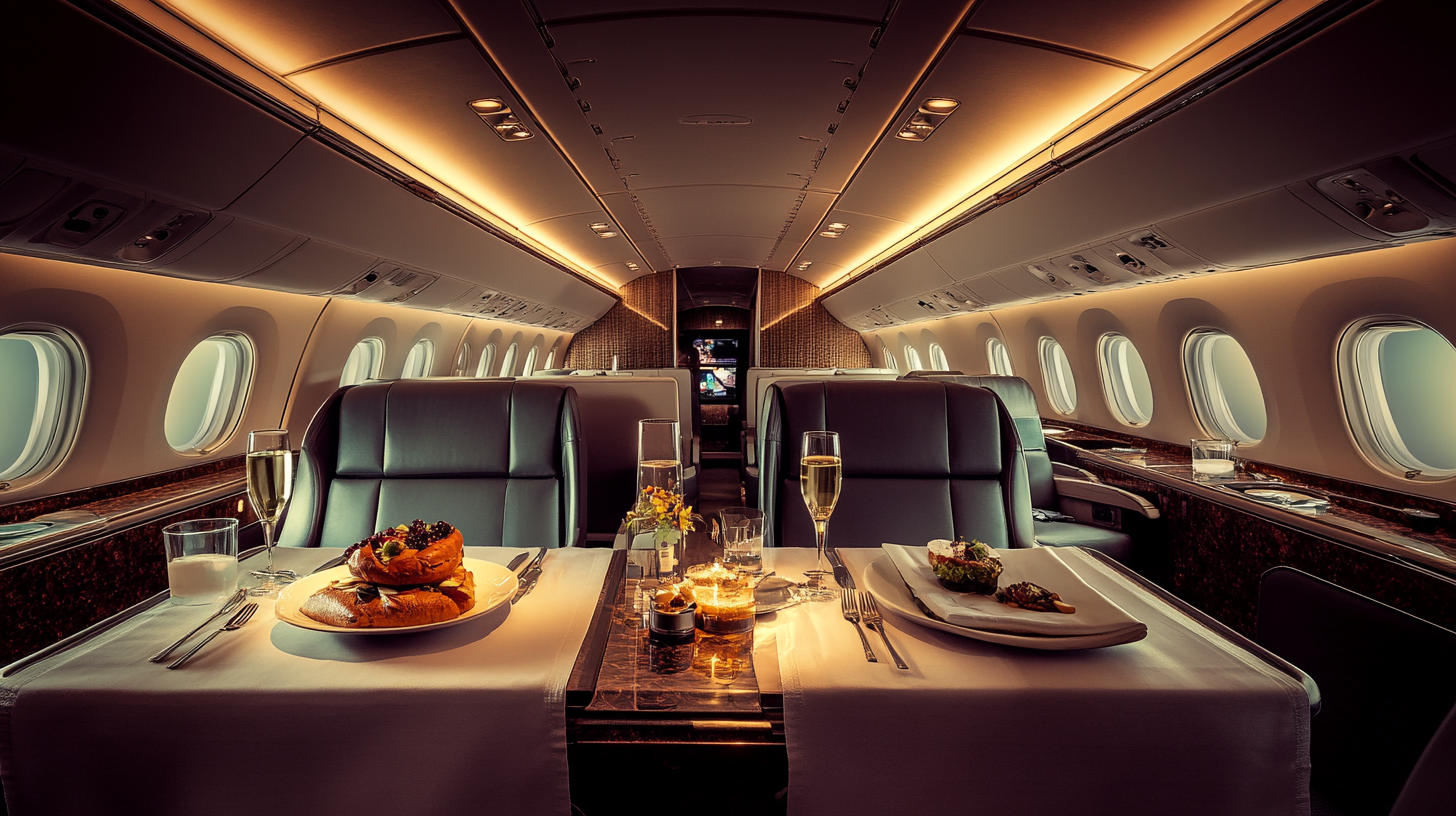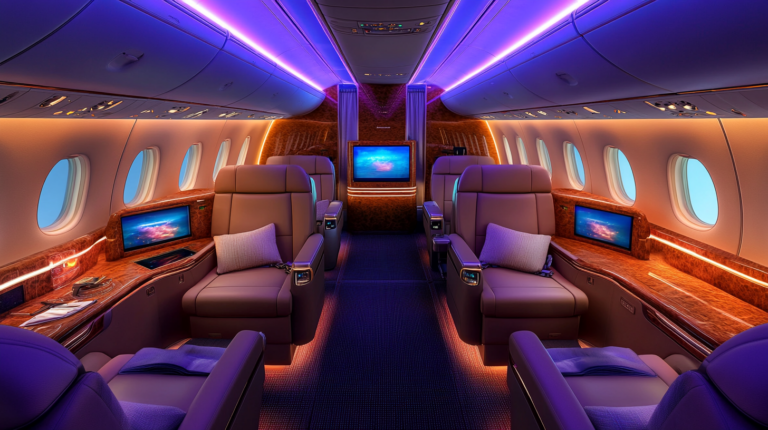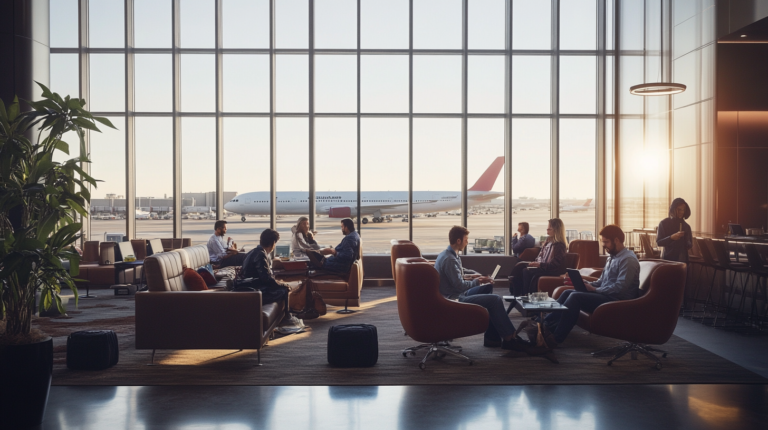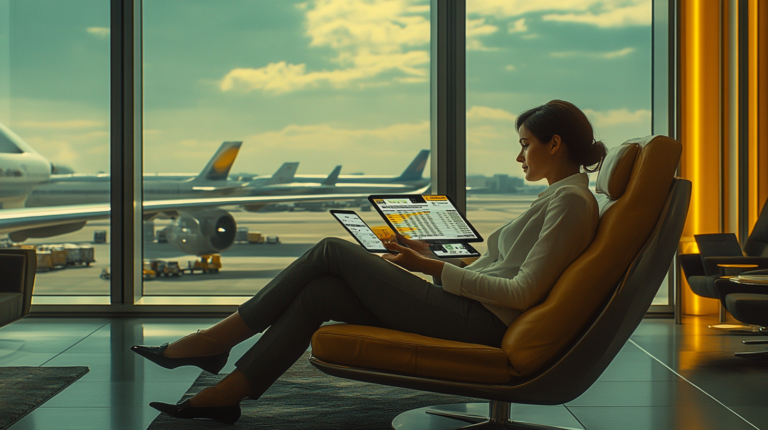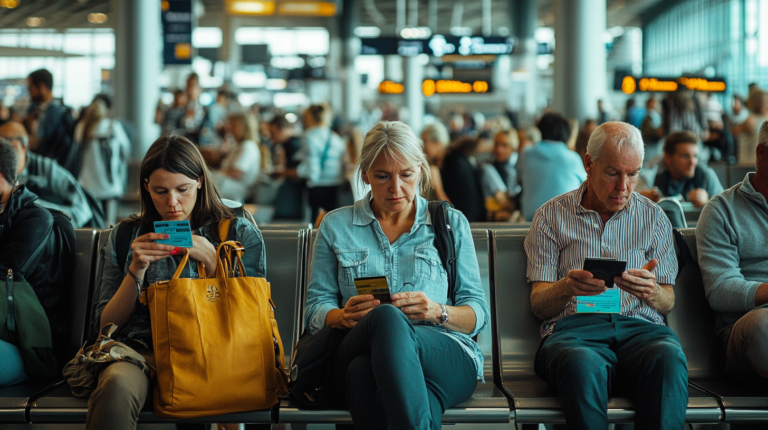Business Class vs. First Class: Which Upgrade Is Worth Your Miles?
Flying in a premium cabin is a dream I share with many travelers. Picture this: you’re settling into a plush seat that magically transforms into a bed, all while sipping on a glass of champagne and perusing a gourmet menu as you soar above the clouds. The allure of enhanced comfort, personalized service, and exclusive amenities is hard to resist when considering an upgrade from economy class. But when it comes to using your hard-earned miles, the big question is, should you opt for business class or go all out on first class? Navigating this decision can be complex, especially with the ever-evolving landscape of air travel. This comprehensive guide explores the key differences between business and first class to help you make an informed decision.
Understanding the Evolving Landscape of Premium Air Travel
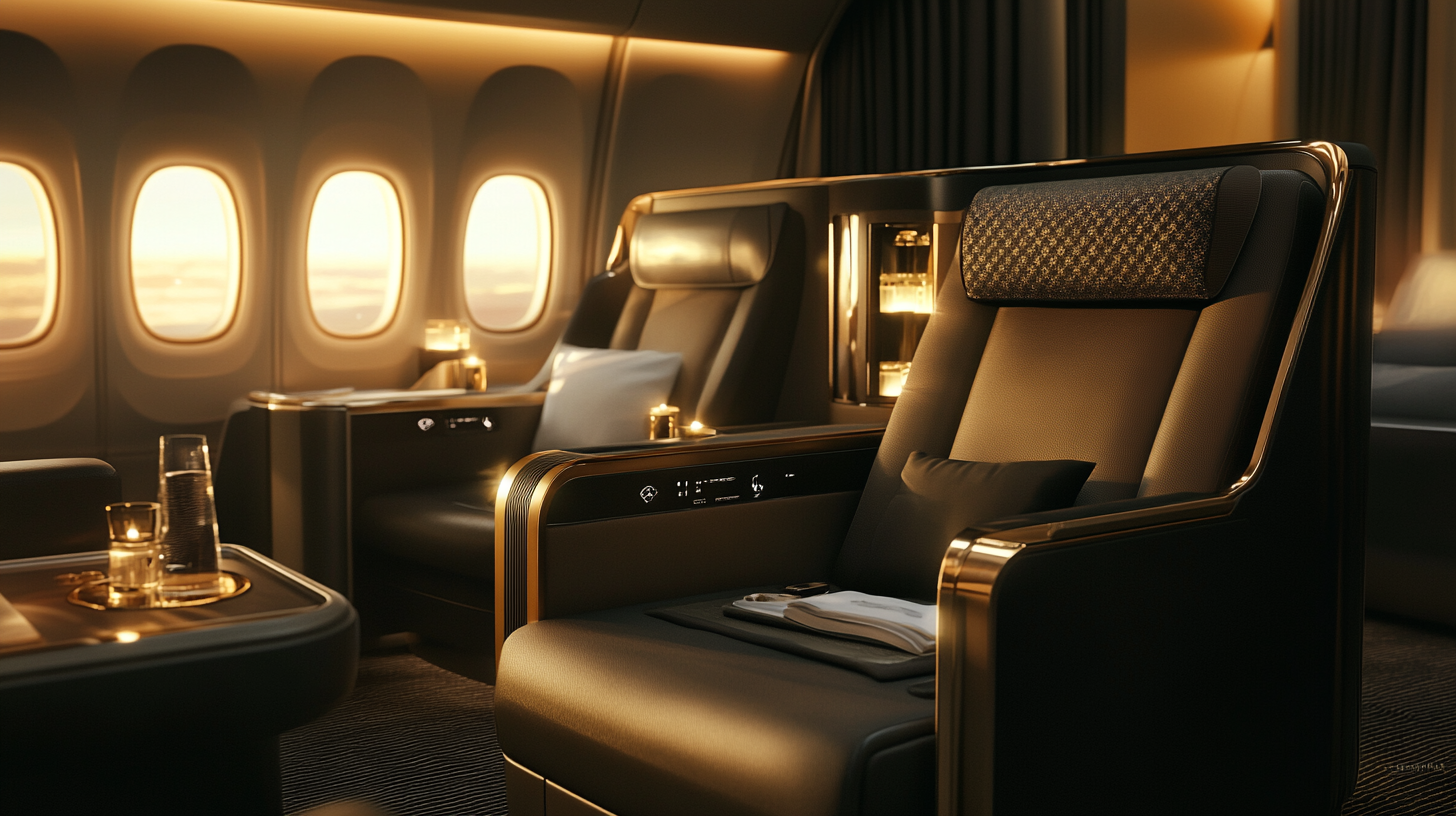
The gap between business and first class has been narrowing as airlines enhance their business class offerings. With lie-flat seats, gourmet dining, and improved service, business class now rivals what first class used to offer. The advancements in technology and customer expectations have prompted airlines to invest heavily in their business class cabins. Consequently, many airlines are reducing or even eliminating first-class cabins to make room for more business-class seats, which cater to a broader market of premium travelers.
Take American Airlines, for instance. They’ve scaled back their first-class availability, choosing instead to upgrade their business class. Similarly, airlines like British Airways and Lufthansa have revamped their business class products to include features that were once exclusive to first class. According to industry reports on premium cabin trends, the demand for first-class travel has decreased as business class offerings have improved, leading airlines to adjust their cabin configurations accordingly. This shift makes understanding the nuances between the two classes more crucial than ever for travelers like us looking to maximize comfort and value.
Key Differences Between Business Class and First Class
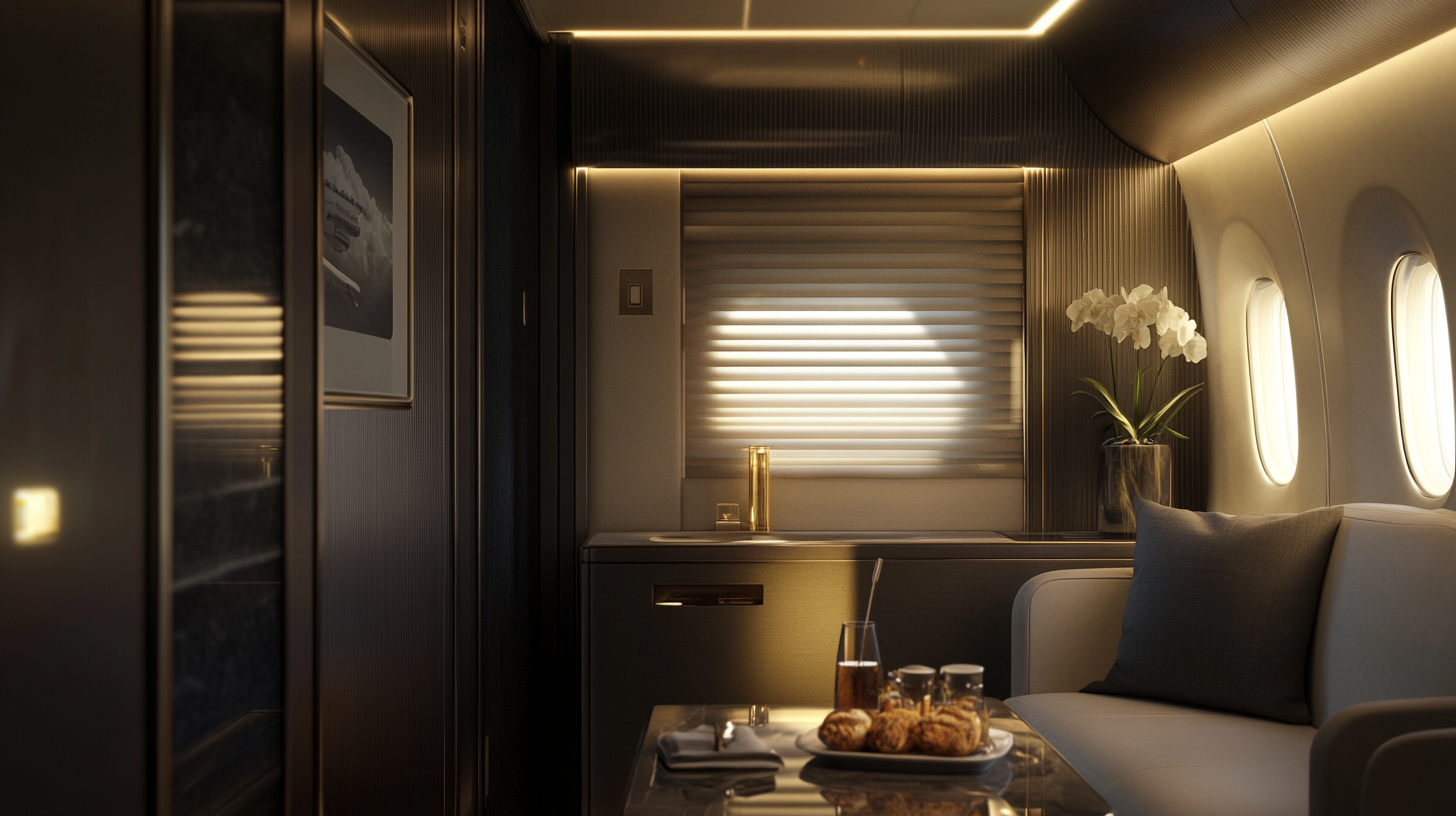
Seating Comfort and Privacy
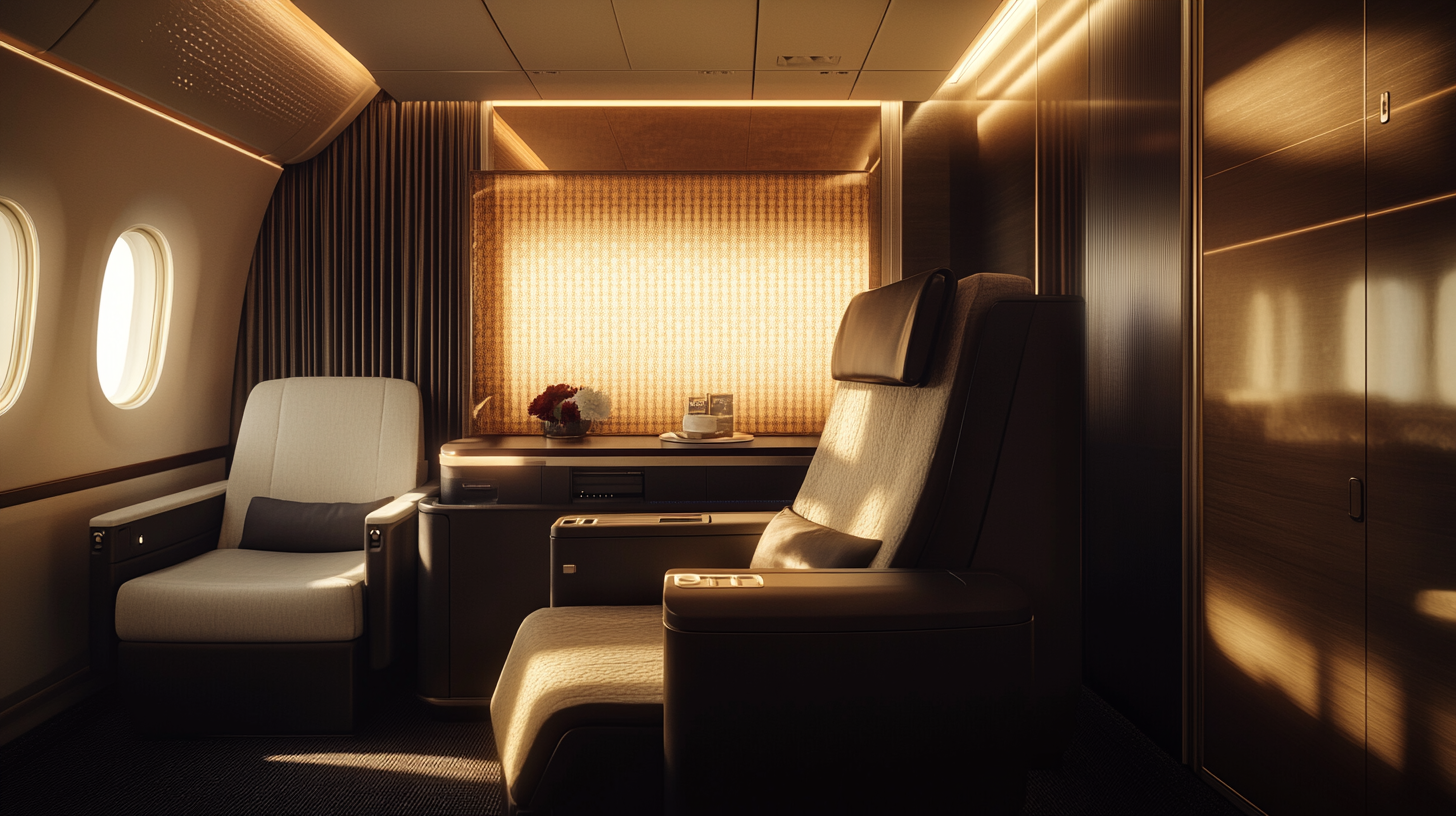
Business Class: Typically offers wider seats that recline significantly, with many international flights featuring lie-flat seats. Airlines like United and Delta offer “Polaris” and “Delta One” seats, respectively, which provide a high level of comfort for long-haul flights. Detailed comparisons can be found in the ultimate guide to business-class seating options. While comfortable, these seats may not provide complete privacy, as they are often arranged in an open cabin or semi-private pods.
First Class: Often includes fully enclosed suites or cabins with lie-flat beds, offering maximum privacy. Some airlines, such as Emirates and Singapore Airlines, provide first-class suites with sliding doors, personal wardrobes, and even in-suite minibars, as detailed in comprehensive reviews of luxury first-class suites. These features offer an unparalleled level of luxury and seclusion. In some cases, airlines provide extra space and even double beds in their first-class suites, elevating the luxury experience to resemble a hotel room in the sky.
Amenities and Services
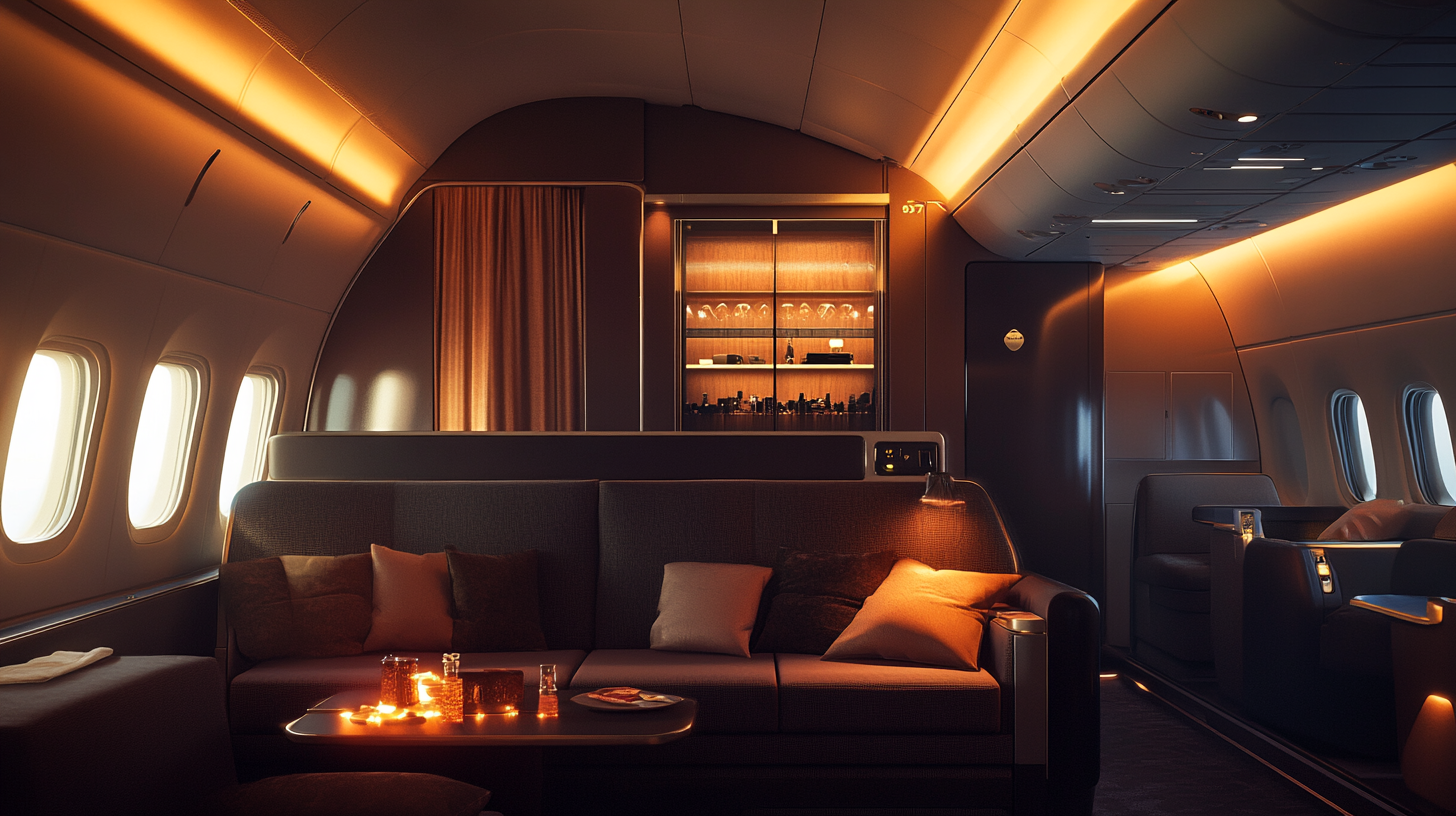
Business Class: Passengers enjoy premium amenities such as high-quality noise-canceling headphones, designer amenity kits stocked with luxury toiletries, and enhanced in-flight entertainment systems with larger screens. Dining experiences are upscale, with multi-course meals crafted by renowned chefs and a selection of fine wines and spirits. Airlines often provide lie-flat seats with direct aisle access, enhancing comfort on long-haul flights.
First Class: Takes luxury up a notch with highly personalized services. From the moment passengers arrive at the airport, they may receive personalized assistance, access to exclusive first-class lounges featuring fine dining and spa treatments, and even private security screenings. Onboard, first-class passengers can savor gourmet à la carte dining, often prepared to order, and an extensive selection of top-shelf beverages. Additional perks may include chauffeur rides to and from the airport, private check-in areas, and priority boarding. For example, some airlines offer onboard showers and bars exclusively for first-class passengers, as highlighted in exclusive amenities available in first-class cabins.
Lounge Access

Business Class: Provides access to premium lounges equipped with comfortable seating, complimentary food and beverages, Wi-Fi, and business facilities such as meeting rooms and printers. These lounges are designed to offer a relaxing environment where travelers can unwind or work before their flight. Some lounges may also feature shower facilities and sleeping areas for transit passengers.
First Class: Grants entry to exclusive first-class lounges that offer a more serene and opulent environment. These lounges often include luxury amenities like fine dining restaurants with à la carte menus, spa treatments, private relaxation rooms, and personalized concierge services. For instance, the Lufthansa First Class Terminal in Frankfurt offers a dedicated terminal with limousine service to the aircraft, as detailed in guide to the world’s most luxurious first-class lounges.
Price Point
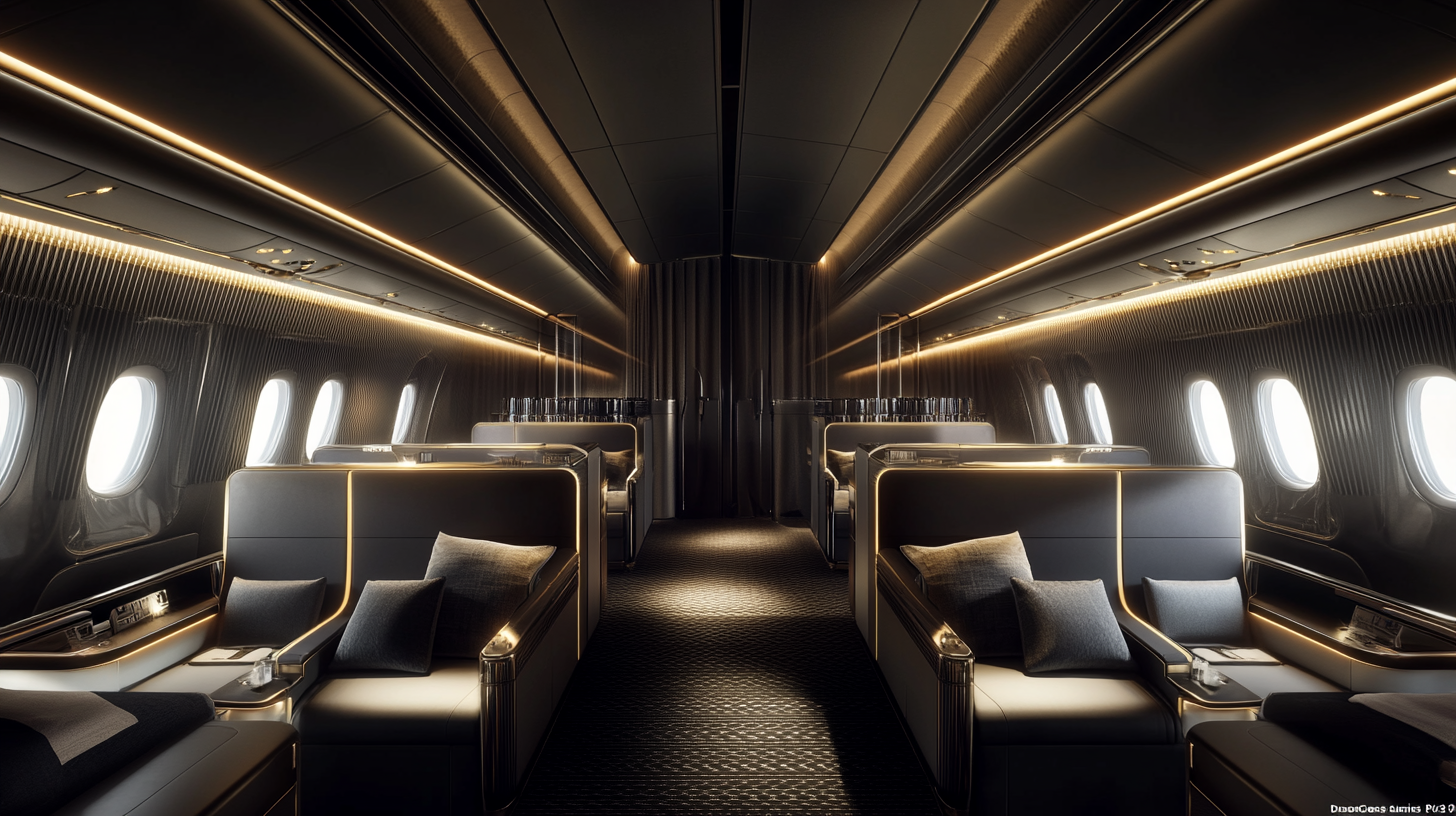
Business Class: Generally costs about twice to three times as much as an economy ticket, depending on the route and airline. It’s considered a middle ground for those seeking enhanced comfort, service, and amenities without the extravagant price tag of first class. The price difference can often be justified for business travelers or those on long-haul flights where comfort is a priority.
First Class: Can be approximately six to ten times more expensive than an economy ticket. The significant price difference reflects the exclusivity, personalized service, and unparalleled luxury offered. For some, the substantial cost may be offset by using miles or points, especially when seeking a unique travel experience.
Domestic vs. International Flights
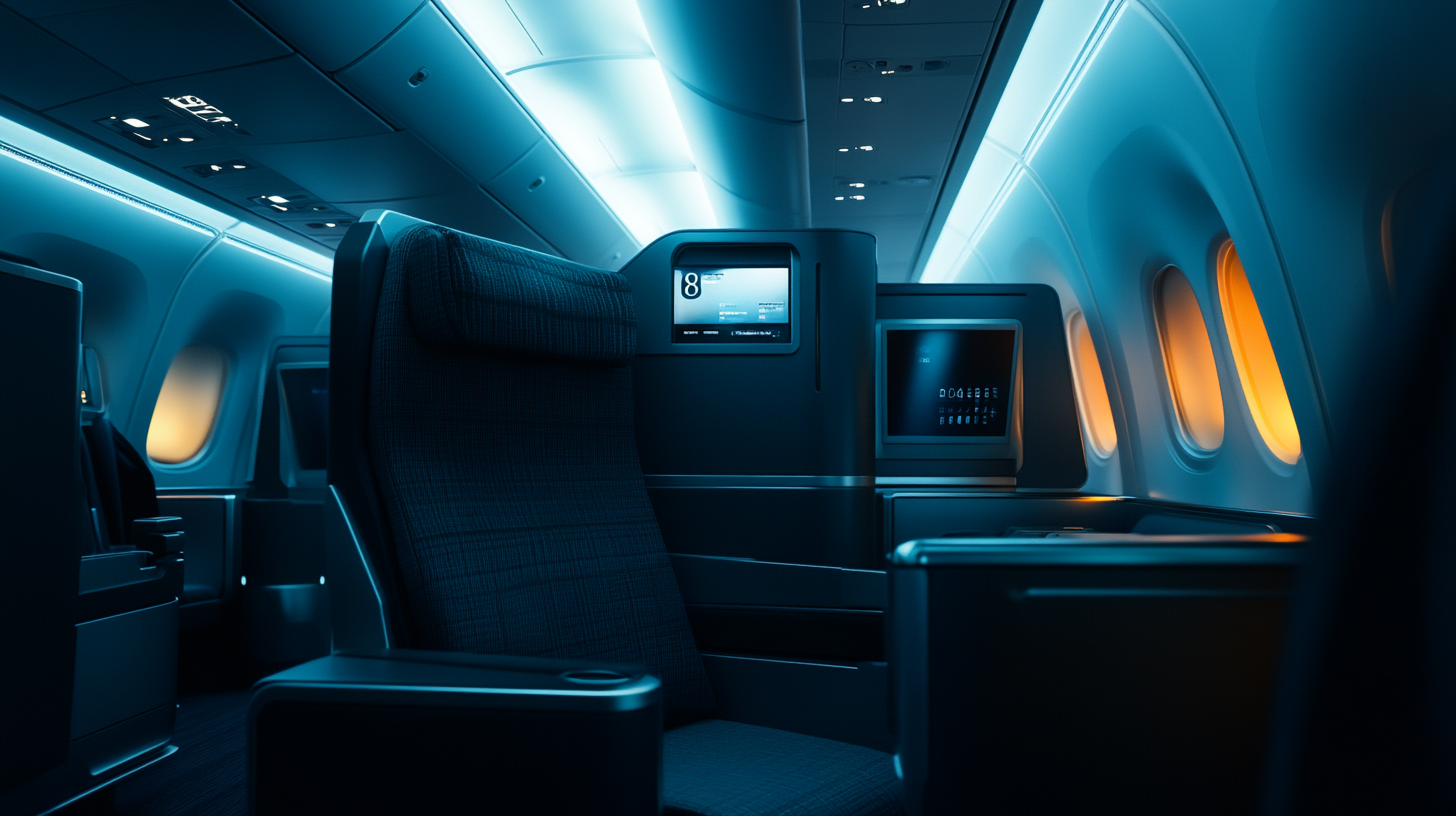
On domestic U.S. flights, the term “first class” is often used, but the experience is closer to international business class. Domestic first class typically offers wider seats with extra legroom, priority boarding, and complimentary meals and beverages. However, it lacks the opulence and advanced amenities of international first-class cabins, such as lie-flat beds or private suites. For example, a domestic first-class seat might be a larger recliner rather than a fully flat bed.
Internationally, both business and first class provide significantly elevated experiences compared to economy class. First class stands out for its exclusivity, superior amenities, and personalized service. However, first-class cabins are available on fewer routes and airlines, often limited to flagship routes or major international hubs. This trend makes business class the more commonly accessible premium option for travelers seeking enhanced comfort on international flights. Understanding the distinctions is essential when planning your travel and deciding how to allocate your miles, as discussed in strategies for maximizing miles on international flights.
Using Miles and Points for Upgrades
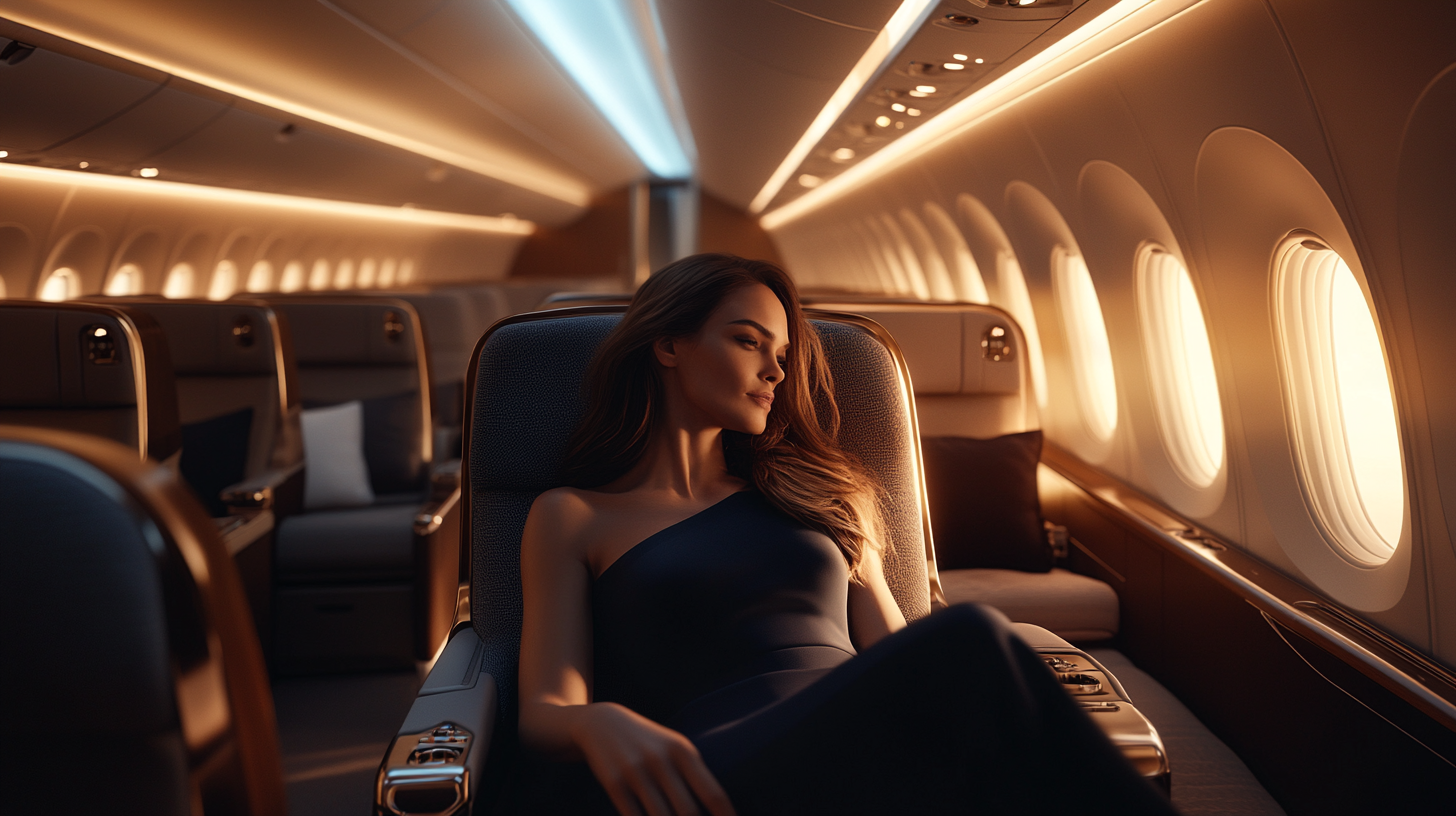
Loyalty programs make upgrading to business or first class more attainable through the use of miles and points. Frequent fliers can leverage airline alliances and partnerships to find award space, sometimes booking through partner airlines for better availability. While first-class award availability can be limited and highly competitive, strategic use of miles can offer significant value, especially during off-peak times or on less frequented routes.
Business Class Upgrades: Often more readily available and require fewer miles compared to first class. They provide a substantial upgrade from economy, especially on long-haul flights where comfort is paramount. Utilizing miles for business class can offer an excellent balance between luxury and value, allowing travelers to save miles for future trips.
First Class Upgrades: Demand more miles but offer the pinnacle of airline luxury. For travelers seeking the ultimate experience and willing to invest the extra miles, first class can be worthwhile. It’s essential to assess whether the additional miles required for first class translate to a significantly enhanced experience over business class, as explored in calculating the value of miles for first-class upgrades.
Factors to Consider When Choosing Between Business and First Class

Budget Constraints
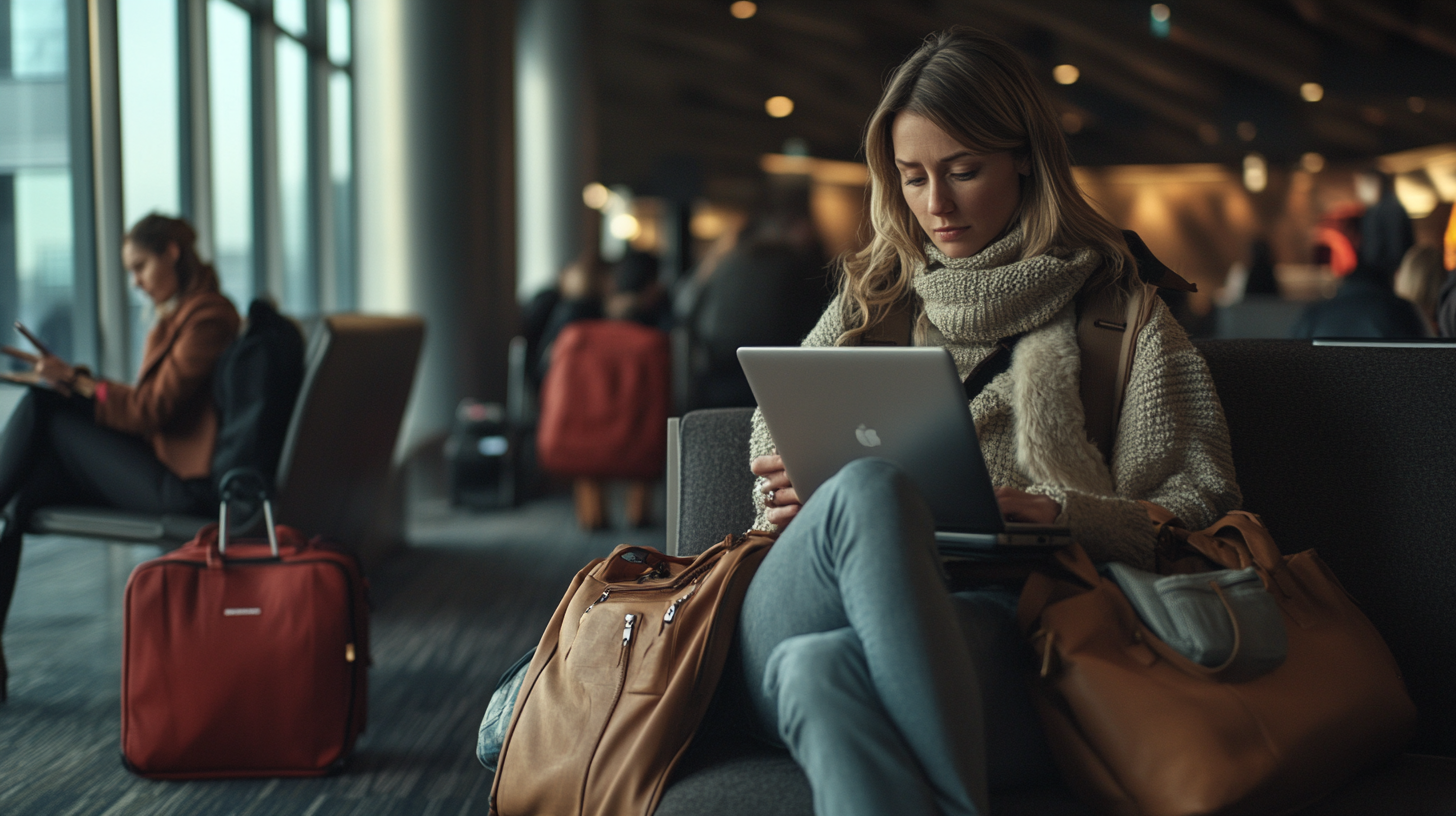
Your budget is a primary factor in deciding between business and first class. If cost is a significant consideration, business class offers a luxurious experience at a fraction of the cost of first class. It’s an excellent option for those wanting enhanced comfort, service, and amenities without the exorbitant price tag. First class is ideal for those who prioritize maximum comfort, privacy, and exclusive services and are willing to pay a premium for it. Conducting a cost-benefit analysis can help determine if the additional expense aligns with your travel goals and financial constraints.
Flight Duration and Route
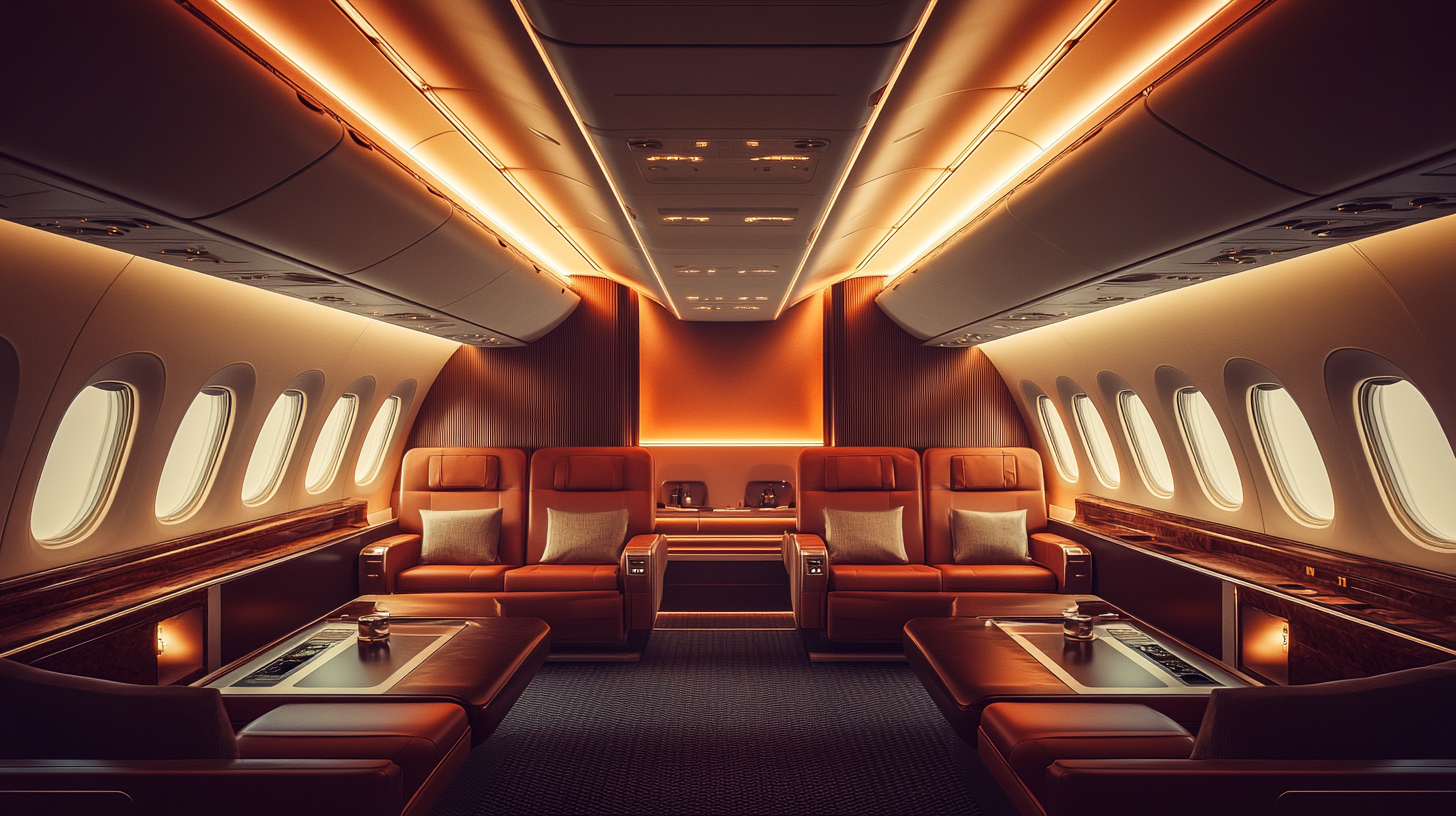
On longer international flights, such as transpacific or transatlantic routes, the enhanced comfort and amenities of first class can make a substantial difference in reducing travel fatigue and jet lag. Features like a fully enclosed suite, high-quality bedding, and gourmet meals contribute to a restful journey. However, on shorter flights, such as domestic hops or short-haul international routes, the benefits may not justify the additional cost or miles required, as there is limited time to enjoy the premium services. Considering the flight duration and how much value you will derive from the amenities is crucial when making your decision.
Purpose of Travel
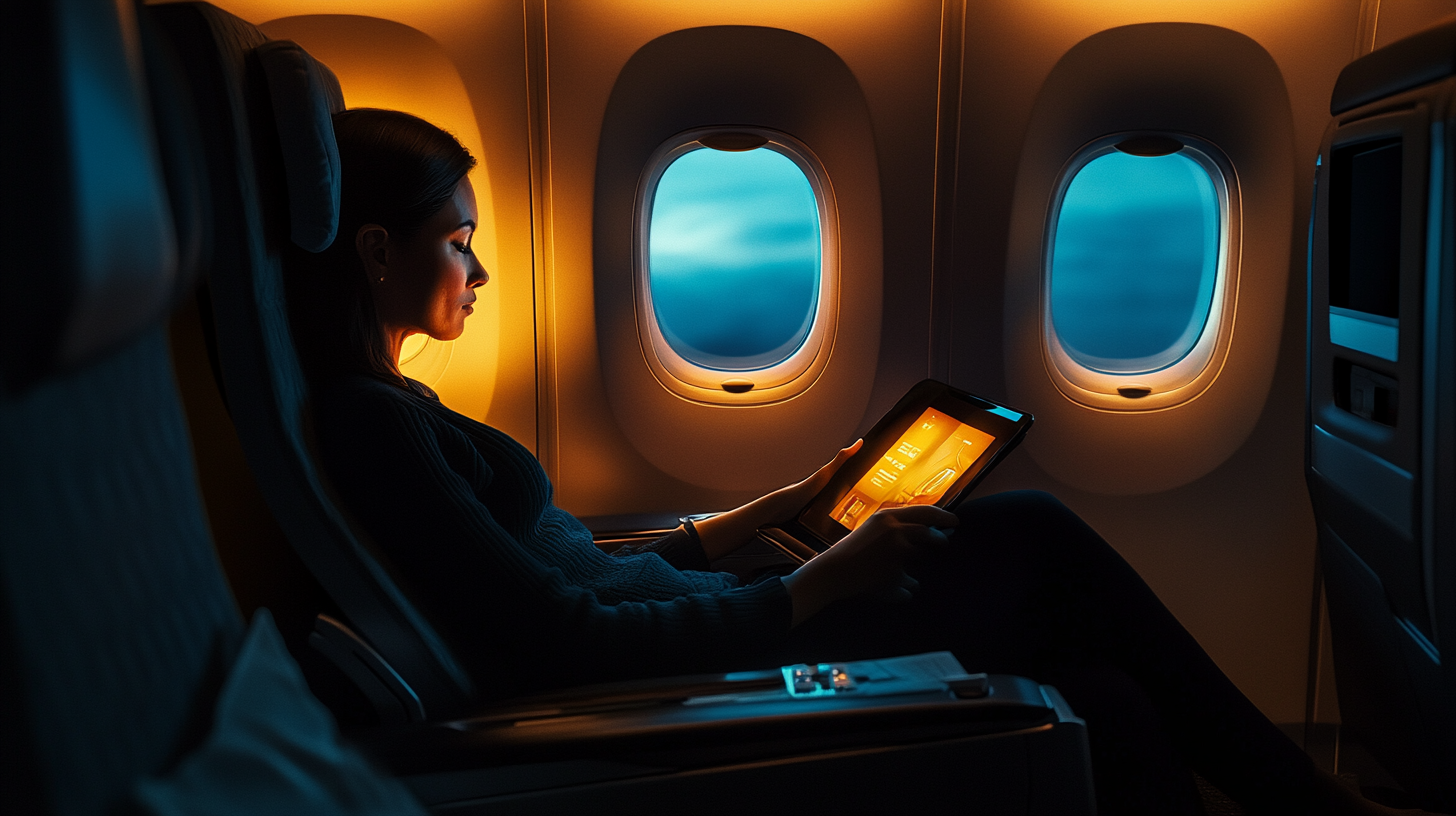
For business travelers needing to arrive rested and ready for meetings, both business and first class offer the necessary amenities to ensure comfort during the journey. Business class provides a conducive environment for work and rest, with spacious seating and in-flight Wi-Fi on some airlines. First class takes this a step further with added privacy and luxury, which can be beneficial for uninterrupted rest and productivity. The choice may depend on how critical it is to maximize rest and productivity during the flight, especially for time-sensitive or high-stakes engagements.
Airline and Aircraft Type
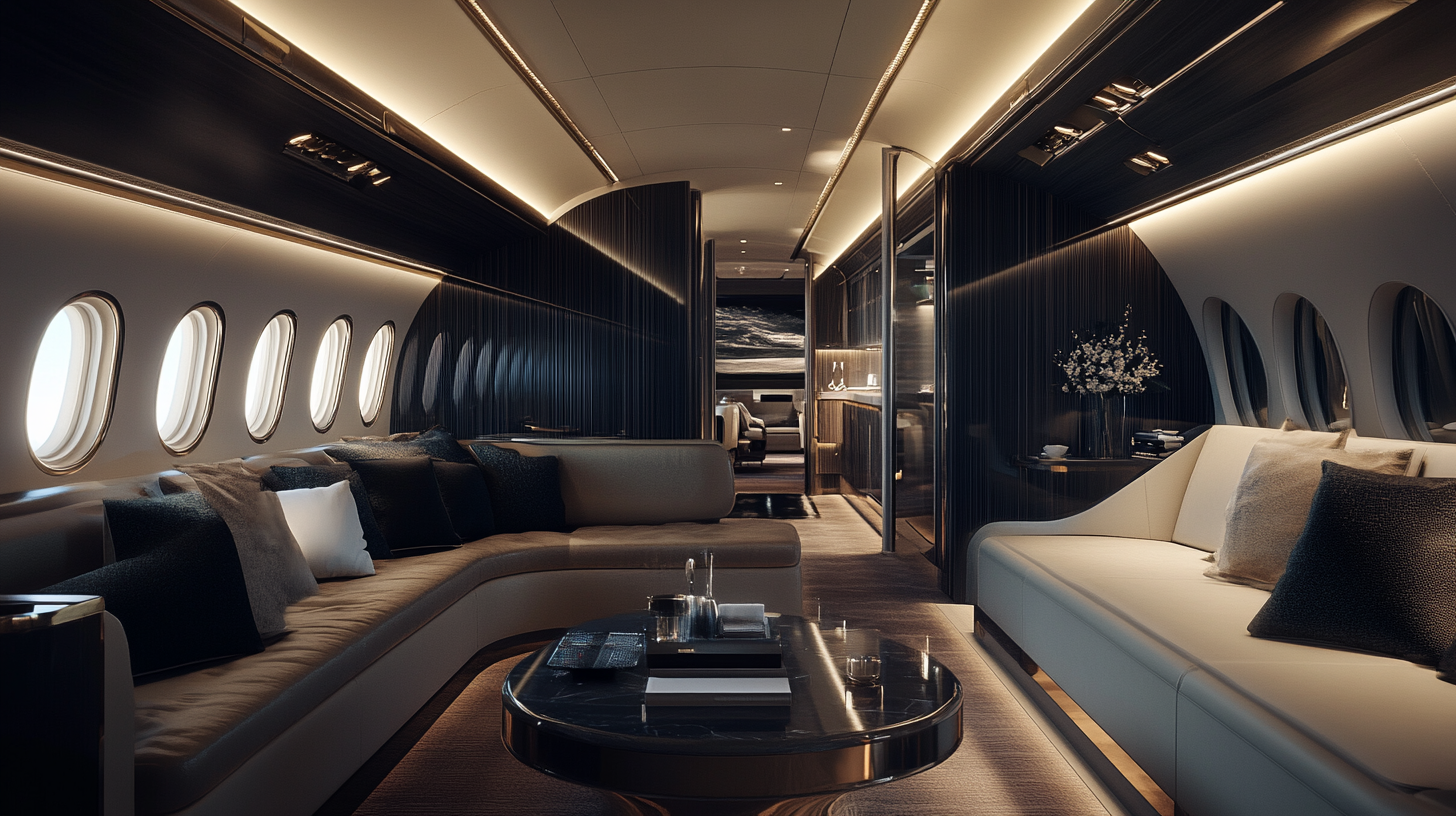
The quality of business and first-class offerings can vary significantly between airlines and aircraft. Some airlines are renowned for their exceptional premium cabins, while others may offer more modest upgrades. Additionally, newer aircraft tend to feature the latest designs and technologies in seating and in-flight entertainment. Researching specific airlines and their premium cabins, such as through detailed airline reviews and comparisons, can help you make an informed decision. Understanding the differences in offerings can ensure that you choose an option that meets your expectations and provides the best value for your miles.
Case Studies: Examples from Airlines
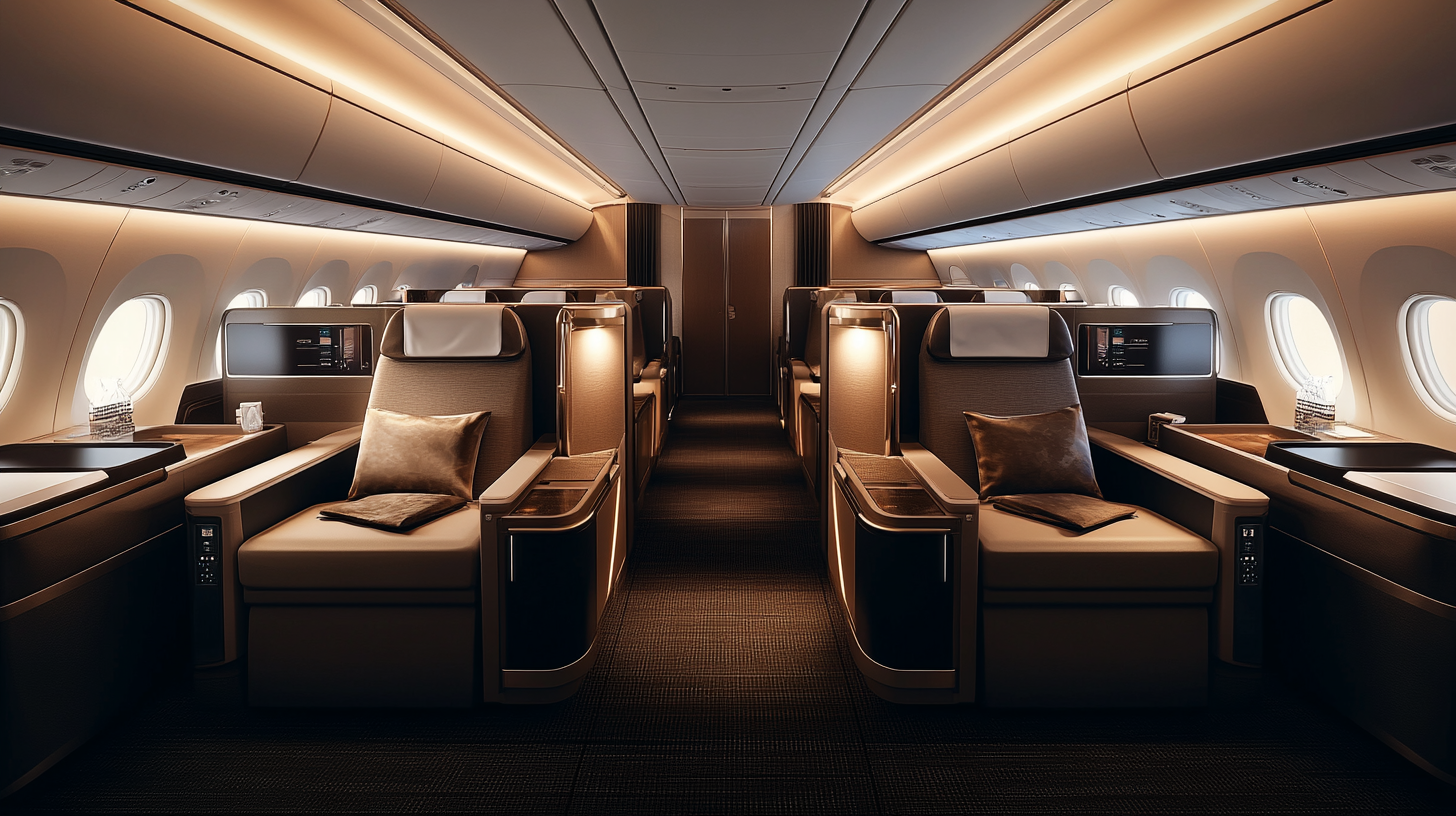
American Airlines
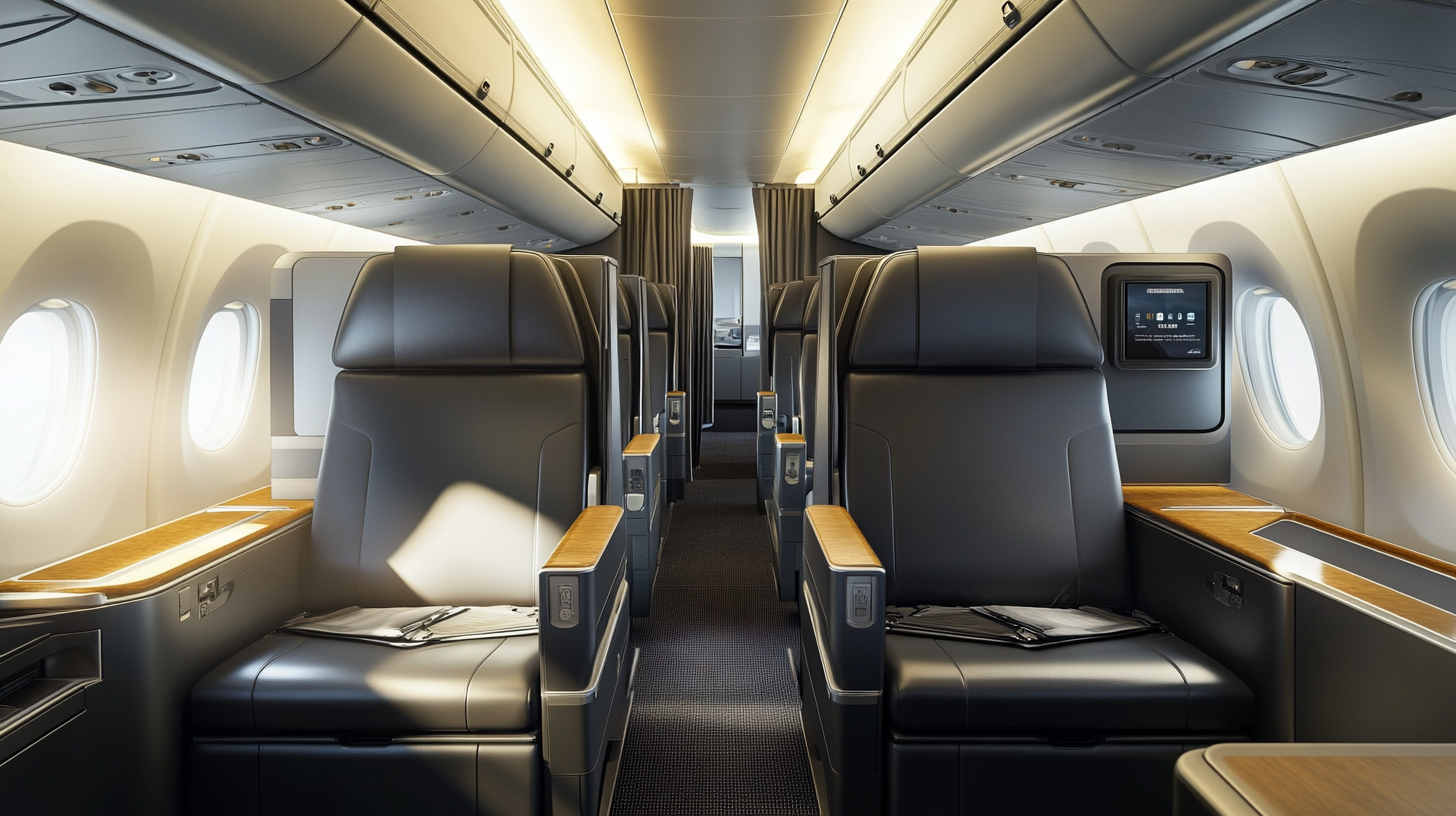
On American Airlines, business and first class have distinct offerings that can influence your upgrade choice:
- Business Class: Available on international and some transcontinental flights, includes complimentary lounge access to Admirals Club or partner lounges, lie-flat seating on long-haul aircraft, enhanced dining options, priority boarding, and two checked bags. Business class passengers also enjoy access to in-flight Wi-Fi (for a fee) and a selection of entertainment options on larger personal screens.
- First Class: Primarily offered on premium domestic routes and select international flights. It offers wider seats and more legroom, priority check-in and boarding, and complimentary meals and beverages. However, it does not automatically include lounge access unless specified by ticket type or elite status. The domestic first-class experience on American Airlines is more aligned with international business class on other carriers.
International Airlines

International carriers often provide exceptional first-class experiences that set new standards for in-flight luxury:
- Emirates First Class: Features private suites with sliding doors, personal minibars, and vanity tables. On its Airbus A380 aircraft, Emirates offers onboard showers and a lounge bar exclusively for first-class passengers. The dining experience includes gourmet multi-course meals with fine wines and champagnes. The combination of opulent amenities and attentive service creates a truly unparalleled travel experience.
- Singapore Airlines Suites: Offers enclosed suites with a separate full-sized bed and a leather armchair, providing the feel of a private hotel room in the sky. Passengers enjoy fine dining crafted by world-renowned chefs, paired with a selection of premium beverages. Personalized service ensures every aspect of the journey is tailored to individual preferences. The suites are available on select aircraft, making them a sought-after experience for luxury travelers.
These exceptional offerings demonstrate the heights of luxury achievable in first class, as showcased in reviews of the world’s best first-class experiences. For travelers seeking the ultimate indulgence, these airlines provide experiences that are hard to surpass.
Final Thoughts
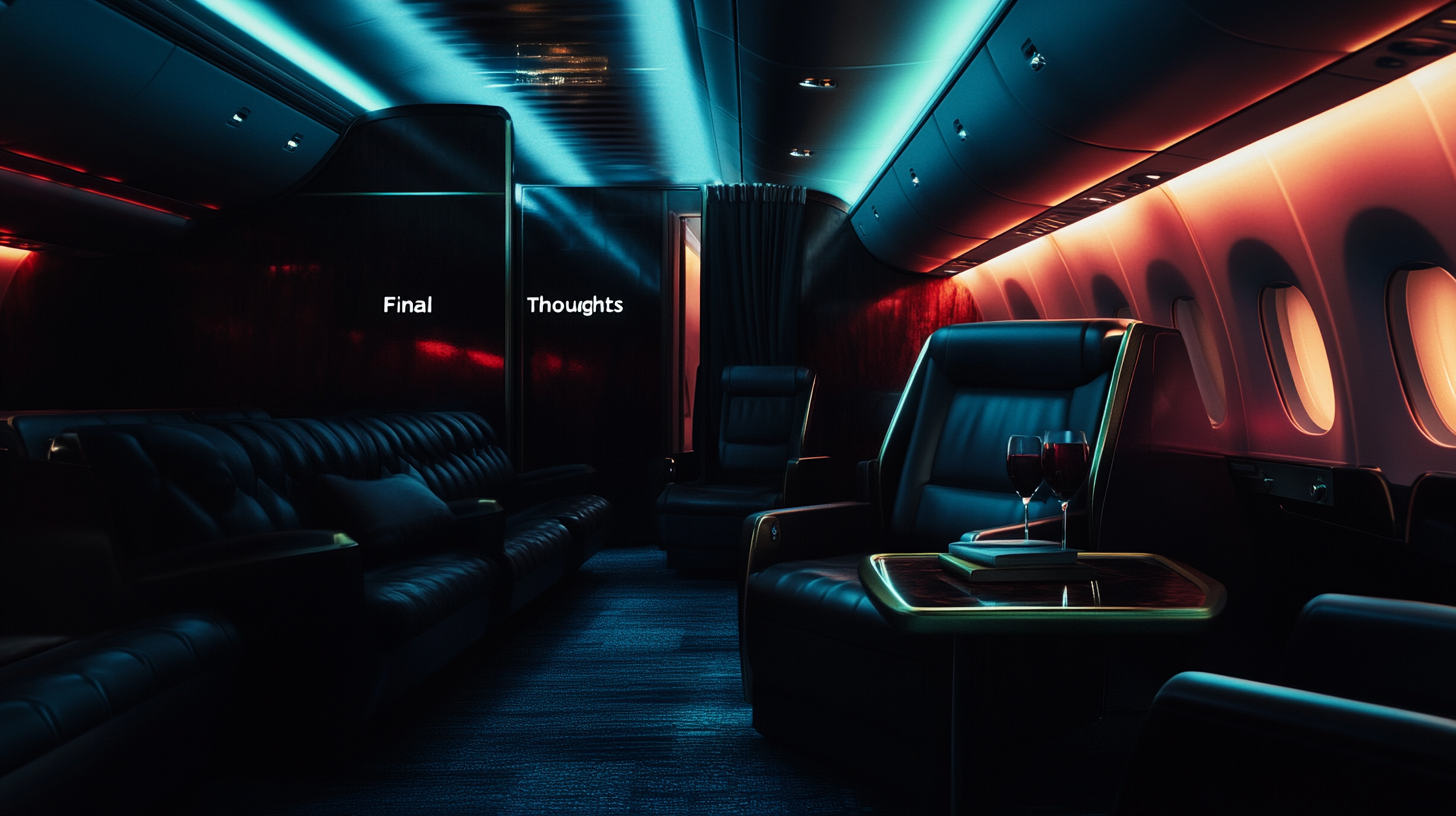
The decision between business and first class ultimately depends on your personal preferences, travel needs, and how you value the additional luxury and exclusivity of first class over the already comfortable and premium experience of business class. It’s important to consider the practical aspects of your journey and what you hope to gain from your travel experience.
Barry B.’s Opinion
From my perspective, choosing between business and first class often comes down to personal priorities. If you’re someone who relishes the idea of a private suite and gourmet dining high above the clouds, first class might just be your cup of tea. However, if you’re like me and appreciate a balance of comfort and practicality, business class often hits the sweet spot, offering a luxurious experience without the hefty price tag.
Choose Business Class If:
- You seek enhanced comfort and service without the substantial additional cost of first class. Business class often provides a significant improvement over economy, with lie-flat seats, better dining options, and increased privacy.
- You want to make the most of your miles by stretching them over multiple upgrades or future trips, maximizing the value of your loyalty program.
- Your flight is medium to long-haul, and the differences between classes are less pronounced, making business class a practical and luxurious choice.
- You prioritize practicality and value over opulence but still desire a comfortable and restful journey.
Choose First Class If:
- You desire the utmost in privacy, luxury, and personalized service that first class provides, enhancing every aspect of your journey.
- The flight is long-haul or ultra-long-haul, and the extra amenities will significantly enhance your experience, potentially reducing the effects of jet lag and travel fatigue.
- You have sufficient miles and prioritize a once-in-a-lifetime travel experience, perhaps for a special occasion or to fulfill a bucket-list ambition.
- You value exclusivity and are willing to invest the additional miles or cost to enjoy the most luxurious amenities available in air travel.
Follow us back to milesBUZZ for more insights and tips on maximizing your travel experiences. Whether you opt for the impressive comforts of business class or the unrivaled luxury of first class, using your miles wisely can unlock experiences that transform your journey. By staying informed and making strategic decisions, you can elevate your travel and create memorable experiences that extend far beyond reaching your destination.
Tips for Maximizing Your Upgrade Value
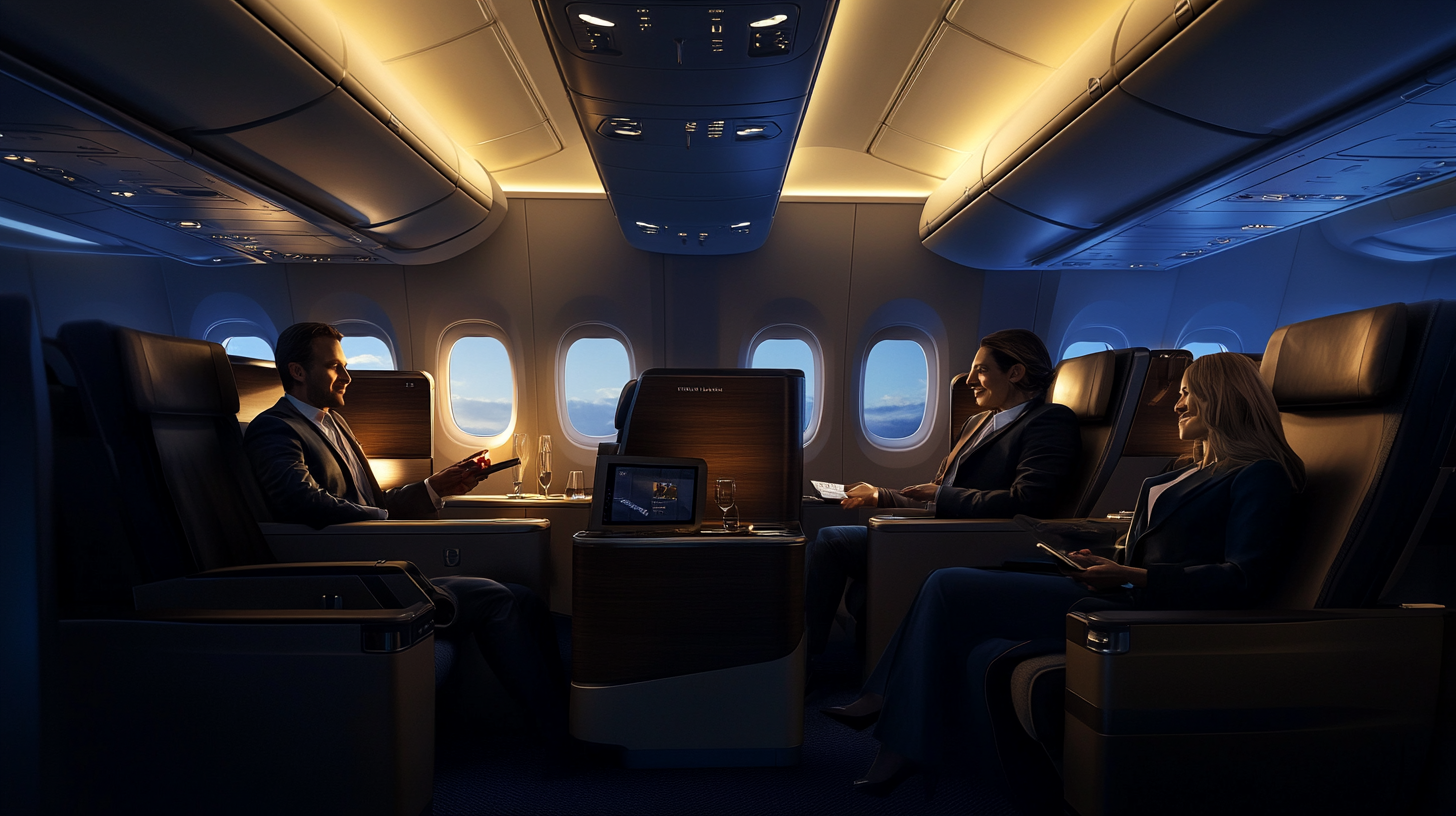
- Research Airlines and Routes: Identify airlines that offer superior first-class experiences and check availability on your desired routes. Utilizing resources like expert guides on airline loyalty programs can help you find the best options.
- Use Miles Strategically: Consider the return on investment for your miles. Sometimes, upgrading to business class can offer better overall value, allowing you to conserve miles for future travel. Analyzing the cost per mile can help you make an informed decision.
- Monitor Promotions and Deals: Airlines occasionally offer reduced rates for upgrades during check-in or special promotions. Subscribing to airline newsletters or using fare alert services can keep you informed about these opportunities.
- Leverage Elite Status: Frequent fliers with elite status may receive complimentary upgrades or priority for upgrade availability. Maintaining or achieving elite status can significantly enhance your ability to secure premium cabin seats.
- Book Early or Be Flexible: Award availability for premium cabins can be limited. Booking early or being flexible with your travel dates and routes can increase your chances of securing an upgrade using miles.

